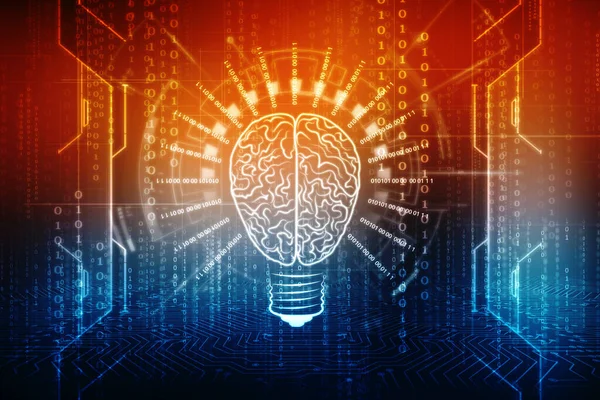In today’s rapidly evolving social and cultural landscape, new terms frequently emerge to capture complex ideas and transformations. One such concept is pragatizacao. Though relatively new in popular discussion, pragatizacao represents an important framework for analyzing how communities, individuals, and systems adapt to shifting realities. At its core, pragatizacao embodies the interplay between progress, adaptation, and the blending of traditional structures with modern perspectives. To fully understand its relevance, we must explore its roots, its manifestations across different domains, and the challenges it poses for societies navigating change.
The Essence of Pragatizacao
Pragatizacao can be interpreted as a process of transformation, where tradition, culture, and values evolve in response to external pressures such as globalization, technology, or ideological shifts. Unlike abrupt disruption, suggests a gradual yet inevitable movement toward adaptation. This process is not limited to one sphere; it can be found in politics, education, economics, and even personal identity. For instance, when a society modernizes its legal system without entirely abandoning its cultural foundations, it demonstrates pragatizacao in action.
The term also emphasizes pragmatism, indicating that communities do not simply chase ideals but instead modify their practices to ensure survival and relevance. This dynamic balance between preservation and innovation is central to the meaning of pragatizacao.
Historical and Cultural Dimensions
The roots of pragatizacao can be traced to societies that have historically faced colonization, industrialization, and technological revolutions. Communities have always had to decide which elements of tradition to preserve and which to modify in order to thrive in new conditions. In this sense, is not merely a modern phenomenon but rather a timeless strategy of adaptation. What distinguishes its contemporary relevance is the speed and intensity of global change.
Culturally, pragatizacao is visible in the blending of local and global influences. Music, cuisine, fashion, and language all exhibit this adaptive process. For example, traditional art forms may adopt modern instruments or digital technologies to remain appealing to younger audiences. Similarly, education systems might integrate both classical knowledge and cutting-edge skills, ensuring that future generations retain cultural identity while gaining tools for global competition.
Pragatizacao in Politics and Governance
In governance, manifests when states modify policies to balance tradition with modernization. Leaders who embrace this process often promote reforms that honor historical values while aligning with international standards. Consider the way democracies in diverse regions adapt constitutional practices to fit local customs while still participating in the global political order. This approach prevents cultural alienation while fostering progressive growth.
However, is not free from tension. Governments sometimes face criticism for being too slow or too selective in their reforms. Opponents may argue that pragatizacao dilutes core values, while supporters see it as a necessary compromise for long-term stability. This duality makes it a powerful yet contested concept in political discourse.
Economic Perspectives on Pragatizacao
From an economic standpoint, pragatizacao can be understood as the strategic adaptation of industries and markets. Businesses must reconcile traditional ways of production with modern demands for efficiency, sustainability, and globalization. Agriculture provides a clear example: small farmers may adopt advanced irrigation technologies while still practicing ancestral farming methods. This pragmatic blend ensures competitiveness without erasing cultural identity.
Similarly, in corporate culture, can be seen in the balancing act between traditional business ethics and modern digital practices. Companies that successfully adopt new technologies while maintaining a sense of heritage often appeal to both local and global customers. Thus, drives economic resilience by merging continuity with innovation.
The Role of Technology in Pragatizacao
Technology is perhaps the most visible driver of pragatizacao today. The digital revolution forces individuals and institutions to constantly adapt while negotiating what traditions to preserve. Social media, for instance, allows communities to share traditional practices globally, ensuring their survival in digital form. At the same time, these practices may evolve into new hybrid expressions shaped by global online culture.
The rise of artificial intelligence, automation, and virtual spaces further intensifies this process. Educational institutions now grapple with integrating technology while retaining humanistic values. Similarly, workplaces adjust their structures, blending remote work with traditional office interactions. In this sense, technology accelerates pragatizacao, making adaptation not only beneficial but essential.
Personal Identity and Social Change
On a personal level, pragatizacao shapes how individuals define themselves in a world of constant change. Identities today are fluid, influenced by both heritage and global exposure. Someone might embrace traditional dress or rituals while simultaneously adopting modern lifestyles. This duality reflects the essence of pragatizacao, where authenticity is not lost but rather redefined.
Social movements also demonstrate this concept. Activists often root their campaigns in traditional values of justice or community but frame them in modern narratives to appeal to broader audiences. This pragmatic adaptation enables movements to remain relevant and effective in contemporary contexts.
Challenges and Criticisms
Despite its strengths, pragatizacao faces significant criticisms. Some argue that it risks diluting traditions to the point of irrelevance, creating a superficial hybrid culture detached from its origins. Others suggest that pragatizacao may favor dominant global trends over local practices, reinforcing cultural homogenization.
Furthermore, not all groups benefit equally from this process. Marginalized communities may find their traditions overshadowed or commodified in ways that serve dominant interests. The challenge, therefore, lies in ensuring that pragatizacao remains inclusive and respects diverse perspectives rather than imposing a singular narrative of progress.
Future Outlook of Pragatizacao
Looking ahead, pragatizacao will likely continue to expand as globalization and technology advance. The key question is whether societies can harness this process responsibly, balancing preservation with innovation. Sustainable pragatizacao would require active dialogue between generations, cultures, and institutions to ensure that adaptation does not become erasure.
Ultimately, pragatizacao invites us to rethink progress not as a linear abandonment of the past but as a careful negotiation between what must endure and what must evolve. In this sense, it is both a challenge and an opportunity—one that defines the character of our modern age.
